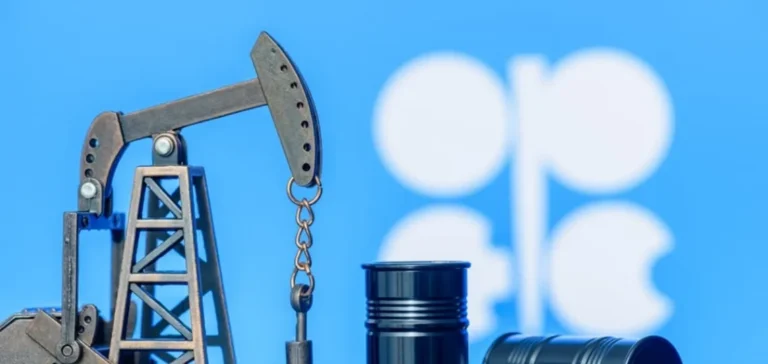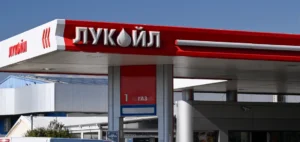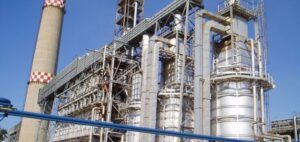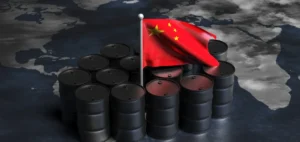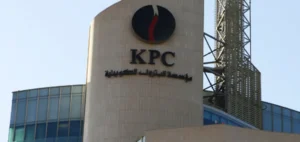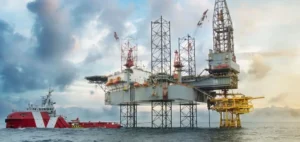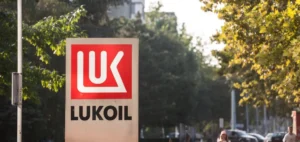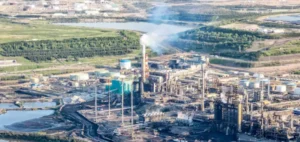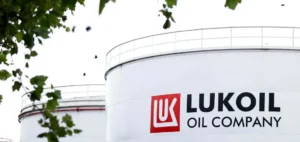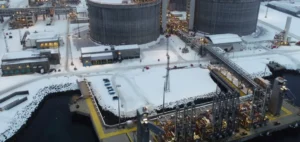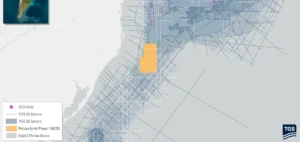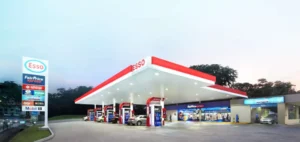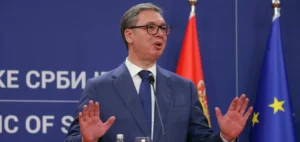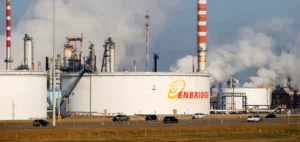The Organization of the Petroleum Exporting Countries (OPEC) has slightly reduced its forecasts regarding the quantity of crude oil that its members and allies (OPEC+) will need to produce in 2025 and 2026, while keeping its projection for annual global demand growth unchanged. The volume required to balance the market, commonly known as the “call on OPEC+”, has been lowered by approximately 200,000 barrels per day (b/d) for the year 2025 and nearly 300,000 b/d for 2026, compared to previous estimates. Despite this downward revision, the group still anticipates demand to be about one million b/d higher than current levels within two years, highlighting the potential for gradual production increases. The organization estimates that OPEC+ will account for nearly half of global liquid supplies by 2026.
Significant Production Increase in June
Last June, OPEC+ global production experienced a significant increase of 349,000 b/d, reaching a total of approximately 41.5 million b/d, mainly driven by Saudi Arabia, the group’s leading producer. This substantial increase is partly due to a recent strategy aimed at regaining market share after several months of voluntary cuts. Saudi Arabia thus raised its output to around 9.7 million b/d, the highest level recorded in nearly two years. Furthermore, data published by the kingdom clearly distinguishes total crude oil production from volumes actually delivered to the market, with the latter slightly lower than overall production due to storage adjustments.
OPEC+’s production adjustment decisions come amid rising geopolitical tensions, notably linked to recent confrontations in the Middle East, particularly between Israel and Iran. This situation has caused anxiety in international oil markets, with a particular focus on transit security through the Strait of Hormuz. This maritime route remains essential to global oil supply, explaining recent efforts by some producers to diversify export routes and strengthen alternative infrastructures.
Low Global Stocks and Strong Immediate Demand
At the same time, global crude oil stocks, particularly in member countries of the Organisation for Economic Co-operation and Development (OECD), are at notably low levels. Last May, OECD commercial crude oil and petroleum product inventories fell by 34.5 million barrels, about 128 million barrels below their five-year historical average. This deficit, coupled with a sustained backwardation in the crude market, reflects strong short-term demand. This technical phenomenon, where near-term prices are higher than future prices, generally indicates expectations of elevated demand.
Global economic prospects appear to confirm this trend. Several major economies, notably China, India, and Brazil, are currently experiencing growth exceeding initial forecasts. Simultaneously, the United States and the eurozone continue to recover from a slowdown observed the previous year. These positive macroeconomic elements suggest a possible upward revision of global growth for the second half of 2025, reinforcing expectations of robust oil demand.
Potential Oversupply Risks by Late 2025
Despite these positive short-term fundamentals, some analysts warn of potential oversupply risks by the end of 2025. This possibility notably stems from the end of seasonal consumption trends and the recent acceleration in production by several major OPEC+ members, including Russia and Saudi Arabia. The alliance already plans to significantly raise production quotas starting next August, with a cumulative increase of nearly 550,000 b/d recently announced. However, some key cartel members, particularly Iraq, remain constrained in their ability to increase production due to previous agreements aimed at compensating past quota exceedances.
These combined factors could influence oil price developments over the coming months. They prompt market participants to closely monitor future OPEC+ production decisions, changes in global stocks, and developments in key economic indicators. The interplay of these various factors will likely determine medium-term balances in the global oil market.


